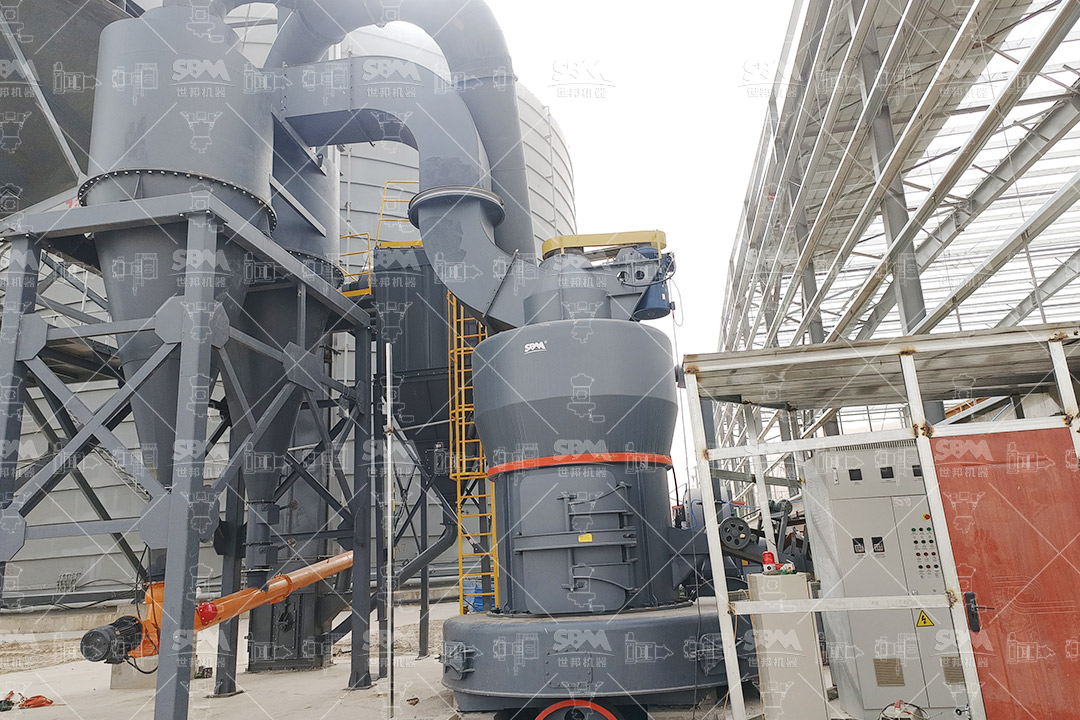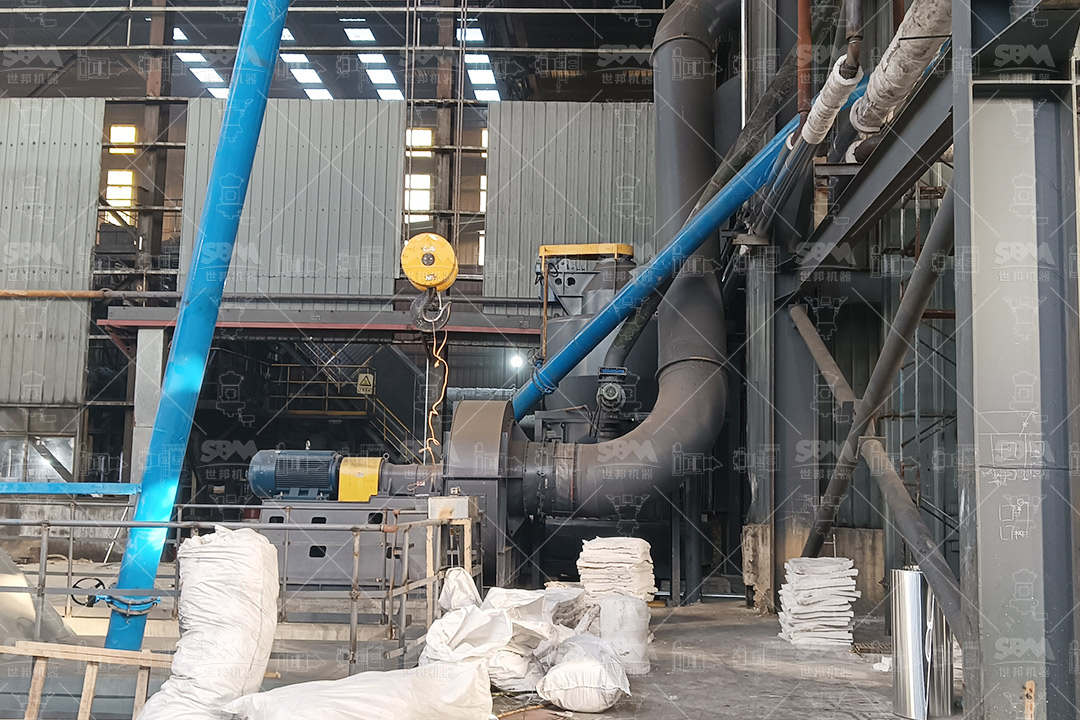The global mining and mineral processing industry faces increasing pressure to adopt environmentally sustainable practices while maintaining operational efficiency. Grinding operations, being one of the most energy-intensive stages in mineral processing, present significant opportunities for environmental improvement. This article explores comprehensive strategies for achieving eco-friendly grinding, focusing on technological innovations, operational optimizations, and compliance with evolving environmental regulations.
Traditional grinding methods often face significant environmental challenges that impact both operational sustainability and regulatory compliance. Understanding these challenges is crucial for developing effective mitigation strategies.
Grinding operations typically account for 30-50% of total energy consumption in mineral processing plants. Conventional ball mills and other outdated equipment often operate at low energy efficiency, resulting in excessive power consumption and associated carbon emissions. The mining sector contributes approximately 4-7% of global greenhouse gas emissions, with grinding operations representing a substantial portion of this footprint.
Uncontrolled dust emissions during grinding and material handling pose serious environmental and health concerns. Particulate matter (PM) emissions can affect local air quality and contribute to respiratory problems among workers and nearby communities. Regulatory limits for PM emissions continue to tighten globally, with many jurisdictions now requiring emissions below 20-30 mg/m³.
Traditional grinding equipment often generates noise levels exceeding 85 dB, creating challenging work environments and potential hearing damage risks. Noise pollution can also impact surrounding communities, leading to regulatory restrictions and community relations issues.
Wet grinding processes consume substantial amounts of water, while dry grinding operations may generate dust that requires suppression systems. Both approaches present water management challenges in regions facing water scarcity or strict discharge regulations.
Modern grinding technologies offer significant improvements in environmental performance while maintaining or enhancing processing efficiency. Several innovative approaches have emerged as industry standards for eco-friendly operations.
Vertical roller mills represent a major advancement in grinding technology, offering substantial environmental benefits compared to traditional ball mills. These systems integrate multiple functions into a single unit, reducing both energy consumption and physical footprint.
The LM Series Vertical Roller Mill exemplifies this approach with its集约化设计 that reduces占地面积 by 50% and lowers基建成本 by 40%. These mills operate with能耗较球磨系统降低30-40%, significantly reducing carbon emissions. The全密封负压运行 ensures粉尘排放<20mg/m³, while specialized隔音设计 maintains运行噪音≤80dB(A).

For applications requiring fine and ultrafine powders, specialized mills offer both precision and environmental advantages. The SCM Ultrafine Mill stands out with its卓越的环境性能, achieving产能为气流磨2倍 while能耗降低30%. The integrated脉冲除尘系统 delivers除尘效率超国际标准, and the隔音室设计 ensures噪音≤75dB.
This technology is particularly valuable for high-value mineral applications where precise particle size control and minimal contamination are critical. The垂直涡轮分级器实现精准粒度切割 ensures无粗粉混入, resulting in成品均匀 that reduces waste and improves product quality.
Modern grinding systems incorporate sophisticated control technologies that optimize performance while minimizing environmental impact. The专家级自动控制系统 in advanced mills enables实时监控运行参数, reducing人工干预 and ensuring consistent operation at peak efficiency.
These systems automatically adjust operating parameters based on feed characteristics and product requirements, preventing energy waste and maintaining emissions within compliance limits. Remote monitoring capabilities further enhance environmental management by enabling proactive maintenance and rapid response to potential issues.
Beyond equipment selection, operational practices play a crucial role in achieving environmental compliance and sustainability goals.
Proper grinding circuit configuration can significantly reduce energy consumption and environmental impact. Implementing pre-crushing stages, efficient classification systems, and appropriate circulating load management all contribute to improved sustainability.
The use of pre-grinding technologies, such as the LM-Y Vertical Pre-grinding Roller Mill with its料床粉磨原理 that reduces电耗降低30-50%, can dramatically decrease the energy intensity of downstream grinding operations. This approach not only saves energy but also reduces equipment wear and associated maintenance impacts.
Effective dust control requires a systematic approach encompassing containment, collection, and filtration. Modern mills incorporate multiple dust management features:
| Control Method | Implementation | Environmental Benefit |
|---|---|---|
| Pulse Jet Bag Filters | Integrated collection systems | Efficiency >99.9%, emissions <20 mg/m³ |
| Enclosure Systems | Full equipment housing | Containment of fugitive emissions |
| Negative Pressure Operation | Sealed grinding chambers | Prevention of dust escape |
For operations using wet grinding, water recycling and treatment systems minimize freshwater consumption and discharge volumes. Advanced filtration and clarification technologies enable high recovery rates, while dry grinding alternatives eliminate water use entirely in appropriate applications.

A recent implementation at a major mineral processing facility demonstrates the tangible benefits of comprehensive environmental grinding strategies. The operation replaced traditional ball mills with SCM Ultrafine Mills for their final grinding stage, achieving remarkable improvements:
The installation included the SCM1680 model with its处理能力5.0-25ton/h, providing sufficient capacity while maintaining environmental performance. The智能控制 system enabled automatic adjustment of operating parameters based on feed variations, ensuring consistent environmental compliance.
Navigating the complex landscape of environmental regulations requires proactive management and documentation. Key considerations include:
Continuous emission monitoring systems (CEMS) provide real-time data for regulatory compliance and operational optimization. Modern grinding equipment often includes integrated monitoring capabilities for dust, noise, and energy consumption.
Implementation of ISO 14001 or similar environmental management systems provides a framework for continuous improvement in grinding operations. These systems help identify improvement opportunities, track performance metrics, and demonstrate compliance to regulators and stakeholders.
Pursuing environmental certifications for products and processes can provide market advantages while ensuring robust environmental performance. Life cycle assessment (LCA) methodologies help quantify the environmental benefits of advanced grinding technologies.

The evolution of environmentally compliant grinding continues with several emerging trends shaping future developments.
Advanced sensors, IoT connectivity, and artificial intelligence are transforming grinding operations. Predictive maintenance algorithms reduce unplanned downtime and associated environmental impacts, while digital twins enable optimization without physical trials.
The coupling of grinding operations with renewable energy sources, particularly in remote mining locations, reduces carbon footprint and energy costs. Solar and wind power installations can provide clean energy for electrically-driven grinding systems.
Grinding technology plays a crucial role in recycling and waste valorization applications. Advanced mills capable of processing diverse materials support the transition to circular business models by transforming waste streams into valuable products.
Innovations in wear-resistant materials, such as the特殊材质辊轮与磨环 used in SCM series mills that extend寿命延长数倍, continue to improve equipment longevity and reduce resource consumption. Additive manufacturing enables more efficient component designs and reduced material waste.
Achieving environmental compliance in grinding operations requires a comprehensive approach combining advanced technologies, optimized processes, and proactive management. The integration of high-efficiency mills like the SCM Ultrafine Mill and LM Series Vertical Roller Mill provides a foundation for sustainable operations, delivering significant reductions in energy consumption, emissions, and environmental impact.
As regulatory pressures intensify and stakeholder expectations evolve, the adoption of eco-friendly grinding strategies becomes increasingly essential for long-term operational viability. By embracing these approaches, mineral processing operations can achieve both environmental compliance and improved economic performance, creating value for businesses, communities, and the environment.
The continuing advancement of grinding technologies promises even greater environmental benefits in the future, supporting the mining and minerals industry’s transition toward truly sustainable operations. Through strategic investment in modern equipment and implementation of best practices, grinding operations can significantly reduce their environmental footprint while maintaining competitive performance.